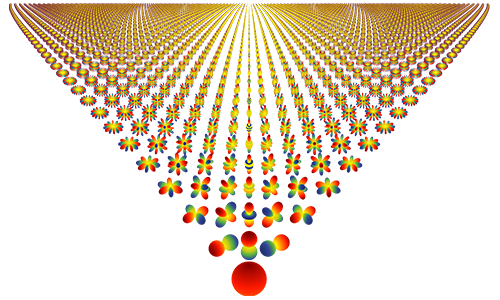I am still (slowly, very busy times) progressing on the subject.
I have worked out a decent stable multichannel measurement application in matlab and have thought a lot about the best data structures.
I also have ordered a bunch of these in 1meter lengt: (3mm threaded strips)
they have very convinient 5.02mm hole spacing for very exact mic placement and calibrator source placement.
Now I am planning to build this:
2x 15 mics spcaced 50.7mm (10holes), I will use the31th channel for a reference mic and the 32th channel for timing/adda convertor reference
The mics will be spaced ca 20cm apart in the strips, the combi of the linear actuator for up/down movement of the whole array and the servo for rotation will make almost any position possible.
the strips with mics wil weight around 1kg, so very easy to position with low force motors
I will mount the mics inside the holes (have to drill the holes bit bigger) and have the strips pointed sideways to the DUT. This way there is only a 2mm wide, 5mm deep strip in the way for the sound to reach the second strip with mics, which is more "invisible" to the soundwaves at 20k than a 1/4 inch mic.
Top view of the strip with the mic in place:
I am planning to connect the analog differential mems mics directly to this:
https://tascam.com/us/product/ml-32d/top 32channel in-out dante convertor that I alread own, just because dante is very convinient and I dont have to buy anything this way.
I jus came accross this very nice paper, which is highly relevant;
EDIT: link not working, updated link:
https://drive.google.com/file/d/1JdUX7GXndH9DFTqxukMX2gebv0prMMQU/view?usp=sharing
One question that maybe amir or someone else who has seen the klippel in action can answer, does the klippel scan the cylinder according to A or B on the picture below? (top view/ DUT seen from above)
@NTK; once you find the time to make a a bit more progression with the Matlab ( I am especially lost on the lms coefficient fitting part) I wil start doing simulations in matlab. The quoted articel has a lot of good matlab code examples at the end, I have to look into this to see if it is usable.
though my progress is slow, I am highly enjoying the thought gymnastics in this project

regards,
Kees



